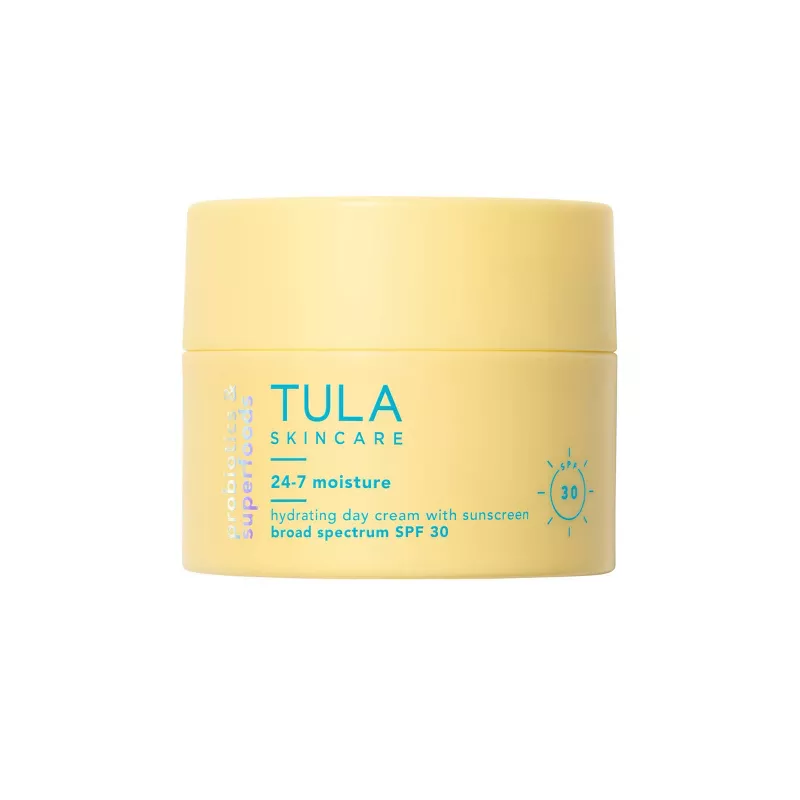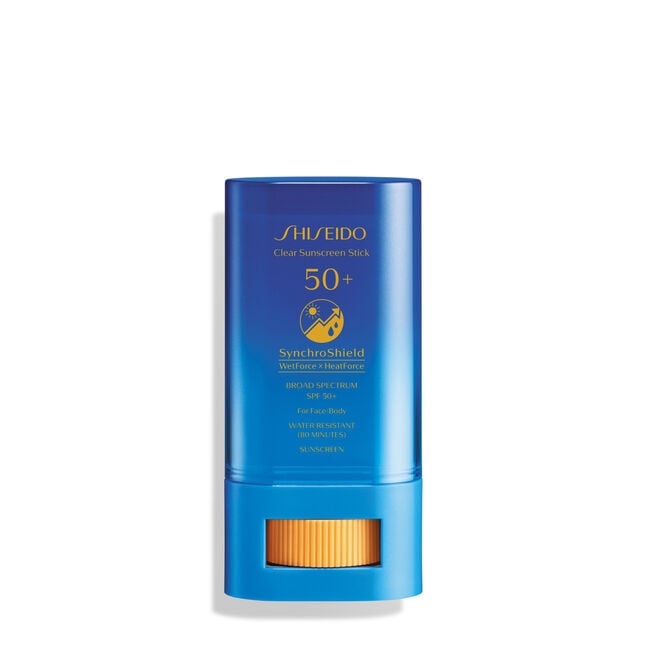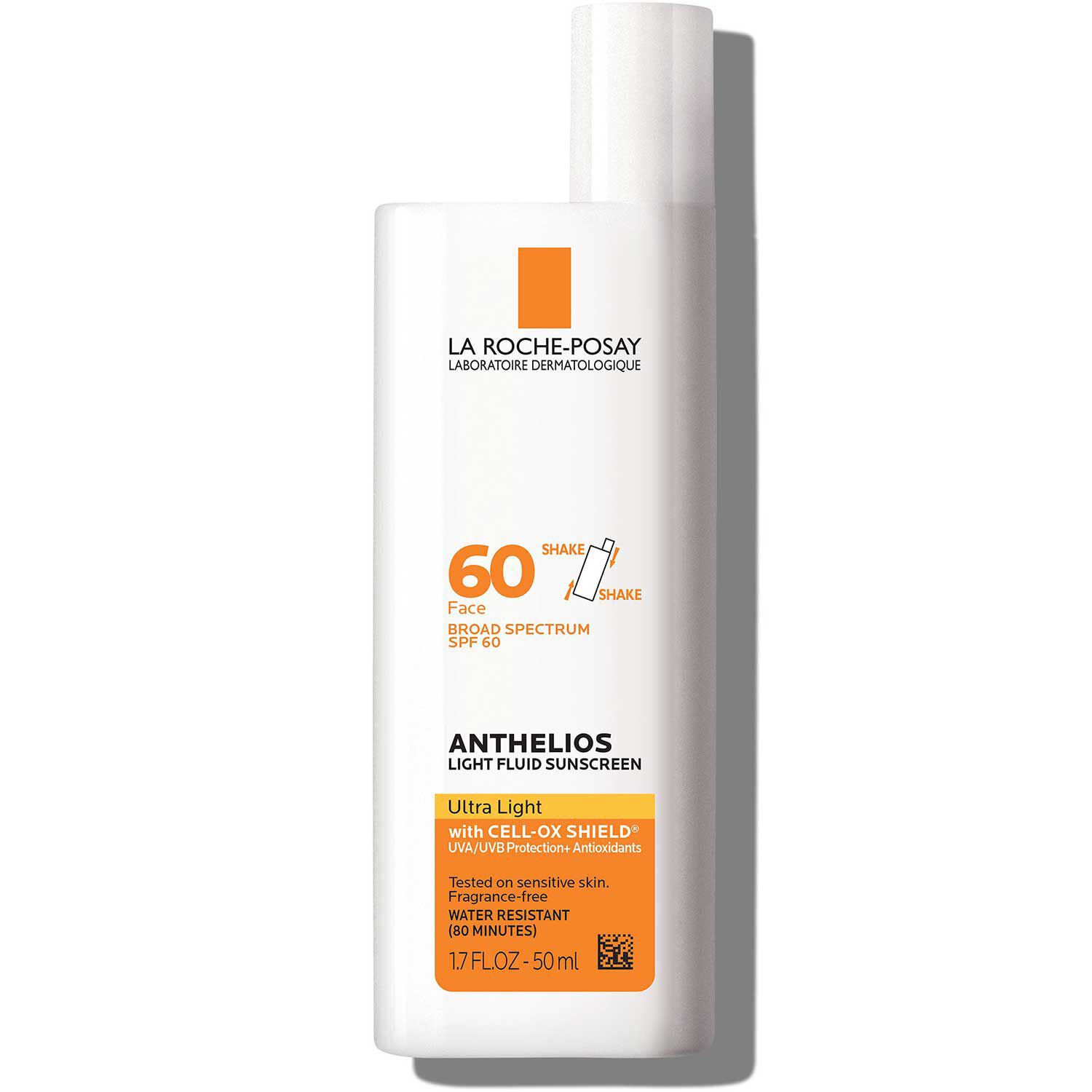Everything You Need to Know About Reading a Sunscreen Label, Per Dermatologists
Yes, everything on on there is important.
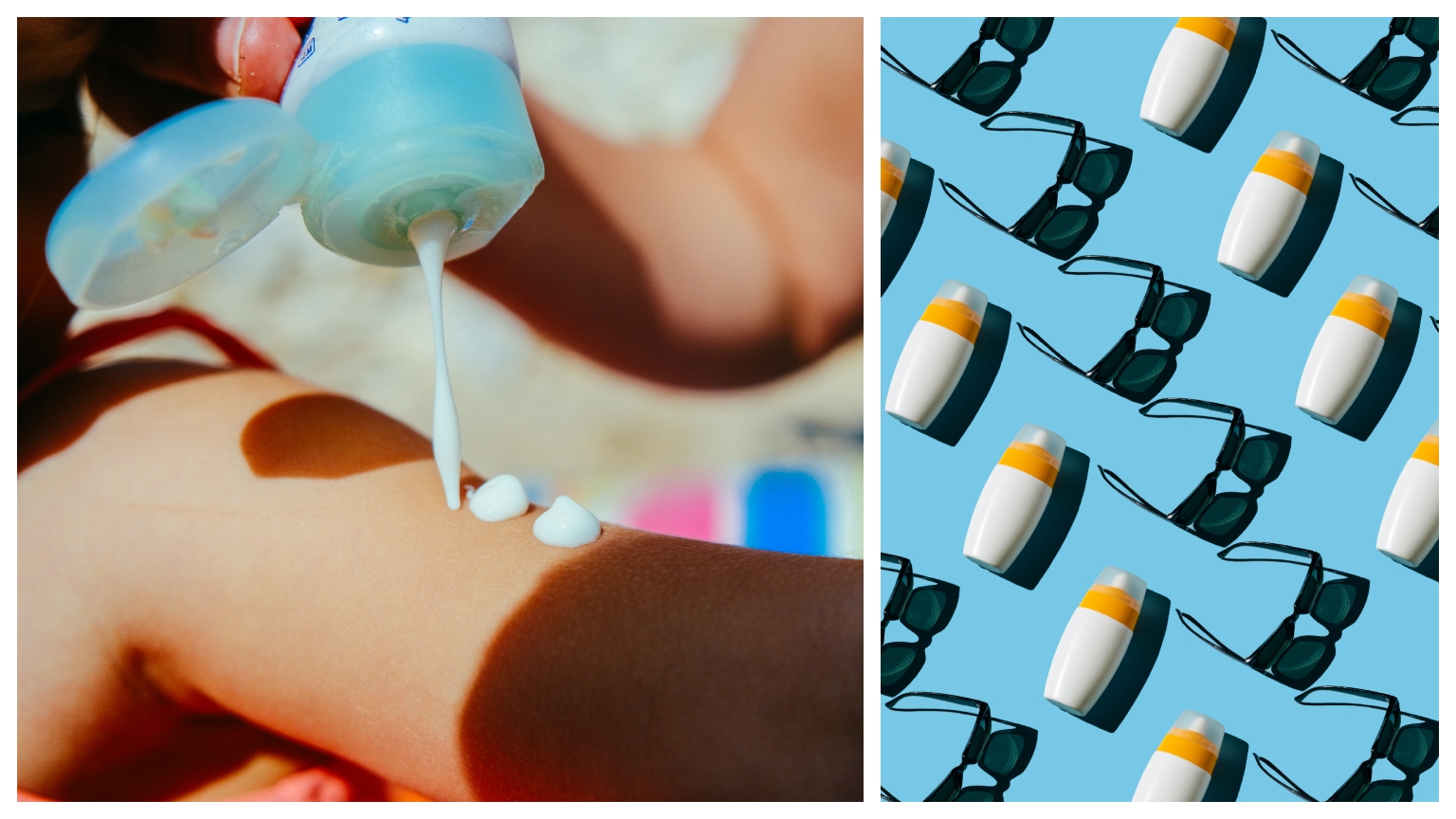
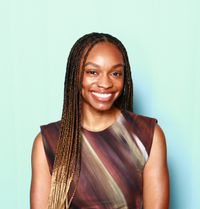
Putting together a skincare routine isn’t always easy, considering the endless stream of options that are currently flooding the market, but if there’s any one thing to know about taking care of your skin it’s that sunscreen is the most important product you can invest in. Most doctors and dermatologists would recommend that you apply sunscreen at least once every day to protect your skin from premature aging, hyperpigmentation, and most importantly, skin cancer. “It's the best anti-aging skincare product, period,” says board-certified dermatologist David Kim, MD, a board-certified dermatologist at New York Dermatology Group.
That said, knowing that you need to wear sun protection is one thing, but understanding what’s on your product labels is another. All sunscreen labels include information, like "broad spectrum" or "SPF," that's crucial for determining which ones will best fit your needs, but if you find yourself getting a bit confused trying to decipher all of the acronyms, ingredient names, and special language, let this be your guide.
Ahead, three dermatologists break down how to decode all of the major numbers, letters, and words you'll likely find on any sunscreen label.
What Does Broad Spectrum Mean?
Any sunscreen you use should have “broad spectrum” printed somewhere on the label—it’ll usually be on the front of the bottle right in front of the SPF number, and it just means that the sunscreen actively protects against damaging UVA (ultraviolet A) and UVB (ultraviolet B) rays from the sun. “UVB rays are what cause sunburns and play a big role in the development of skin cancer,” says board-certified dermatologist Dara Spearman, MD. “UVA rays go deeper into the skin and are mostly responsible for premature aging. Think wrinkles and sunspots.”
Your skin is more susceptible to skin cancer, sun damage, signs of aging, and obviously sunburn whenever you’re not wearing sunscreen (and this happens even if you’re not directly in the sun), so wearing a broad spectrum sunscreen is likely to keep you safe from all of the aforementioned issues.
What Does SPF Mean?
Right next to the “broad spectrum” label, you’ll notice that your sunscreen has an SPF number that usually ranges from 0-100. This is called the sun protection factor, which according to board-certified dermatologist Brendan Camp, MD, refers to the product’s ability to protect your skin from UVB rays. It’s essentially supposed to help you understand how long you’d be able to stay in the sun before your skin starts to burn compared to how long it would take to burn if you weren’t wearing sunscreen. Say you walked outside wearing no sunscreen and began to burn within 30 minutes. “SPF 30 means it would take 30 times longer for your skin to burn than if you weren’t wearing any sunscreen,” Dr. Spearman says.
Most dermatologists would recommend wearing sunscreen with an SPF of at least 30, since it blocks about 97 percent of UVB rays, but you can find plenty of products with much higher levels, and these are typically recommended whenever you’re spending an extended amount of time in the sun. Additionally, higher SPF levels do offer more protection from UVB rays, but the percentage jump isn’t as big as you might assume it’d be. “An SPF 30 product prevents about 97 percent of UVB rays from reaching the skin while SPF 50 prevents about 98 percent,” Dr. Camp says. “Higher SPF offers slightly more protection, but no sunscreen blocks 100 percent.”
Get exclusive access to fashion and beauty trends, hot-off-the-press celebrity news, and more.
Since it’s impossible to block 100 percent of UVB rays, it’s also recommended that you don’t spend too much time in direct sunlight. If you have to be outdoors for work or exercise, try wearing sun-protective clothing like hats, sunglasses, or long-sleeve shirts. If you’re spending a day at the pool or beach, try sitting under an umbrella.
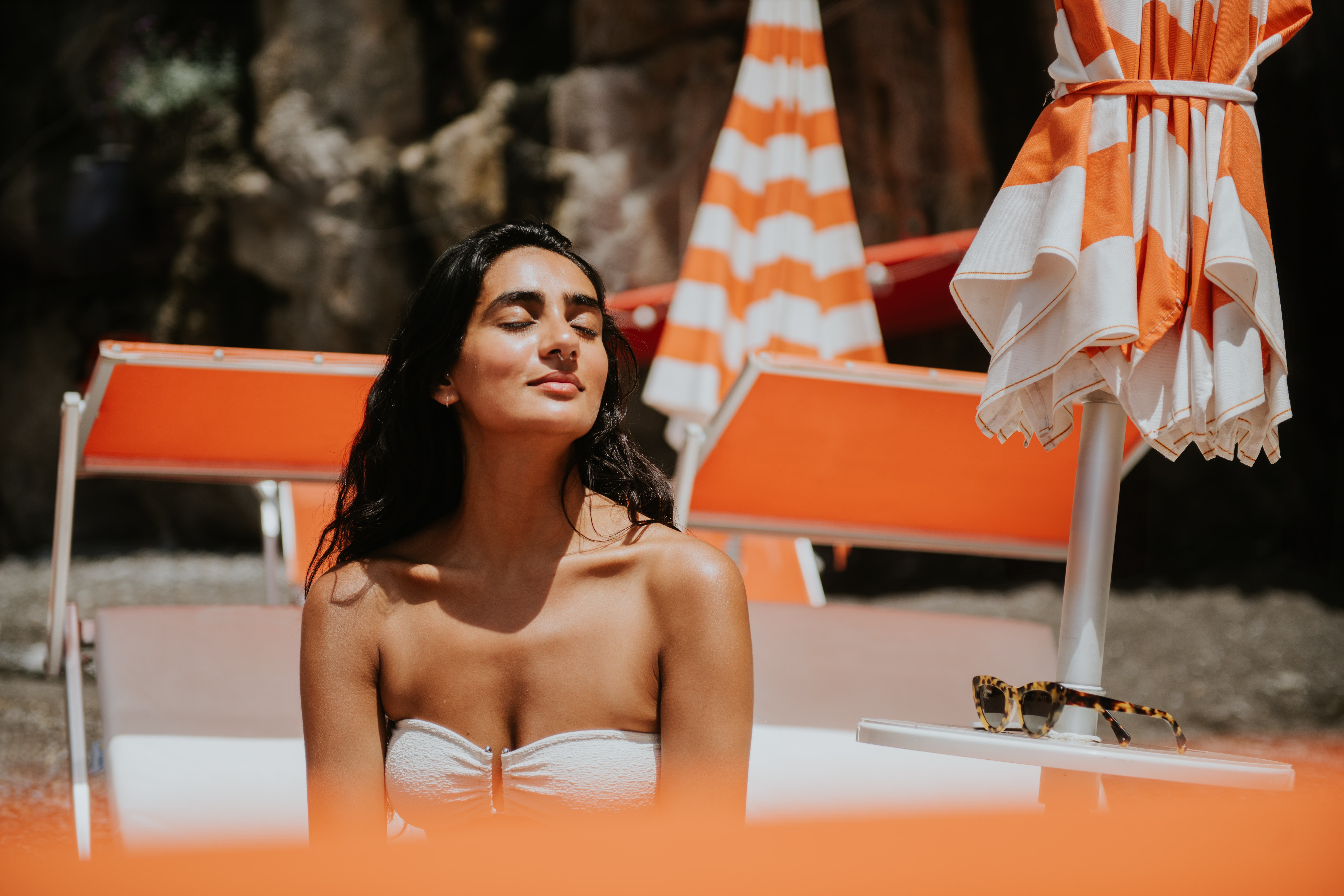
A perfect opportunity to reapply some SPF!
Why Does My Sunscreen Say "Water-Resistant"?
A lot of sunscreens are water-resistant, though that’s not to be confused with waterproof. “There is no such thing as waterproof sunscreen,” Dr. Kim says. “They're water-resistant or not, which means they're less likely to come off by being in the water.” A water-resistant sunscreen can remain effective while you're sweating or swimming, but only for between 40 and 80 minutes, depending on what the label reads. After that, you should reapply all over.
What Are the Active Ingredients In My Sunscreen?
The active ingredients in any sunscreen product are the ones that are “actively” protecting your skin from ultraviolet rays. Per Dr. Kim, they can be categorized into two types of filters: mineral and chemical. “There are two FDA approved mineral UV filters: zinc oxide and titanium dioxide,” he says. “There are many different types of chemical UV filters including oxybenzone, avobenzone, and octinoxate.” Note: oxybenzone and octinoxate aren’t considered reef-safe, so if you’d prefer something that is, find something that doesn’t list these as the active ingredients.
Mineral sunscreens contain ingredients like zinc oxide and titanium dioxide that sit on the skin and reflect UV rays, which is why they often tend to give off a purple or white cast when applied to the skin. Dr. Spearman says that chemical sunscreens absorb UV rays and convert them into heat, which the skin then releases, so these come in handy if you want a more invisible formula.
Some sunscreens are also hybrid products, meaning they contain both mineral and chemical active ingredients.
How Should I Be Applying Sunscreen Anyway?
Not every sunscreen label will give you direct instructions on how and when to apply, but in general, sunscreen should be applied every morning—even if it’s cloudy or you’re spending a big chunk of the day indoors.“Apply it 15 minutes before sun exposure and reapply every two hours, or right after swimming or sweating,” Dr. Spearman says. A good trick for ensuring that you’re applying enough product to your face and neck is to use the two-finger rule. Take your middle and index fingers and squeeze a strip of sunscreen onto both fingers from the base to the tip, then massage in until it’s fully absorbed.
With all of this in mind, if you're still in need of help determining which sunscreens are worth the investment, read ahead for some of my top picks.
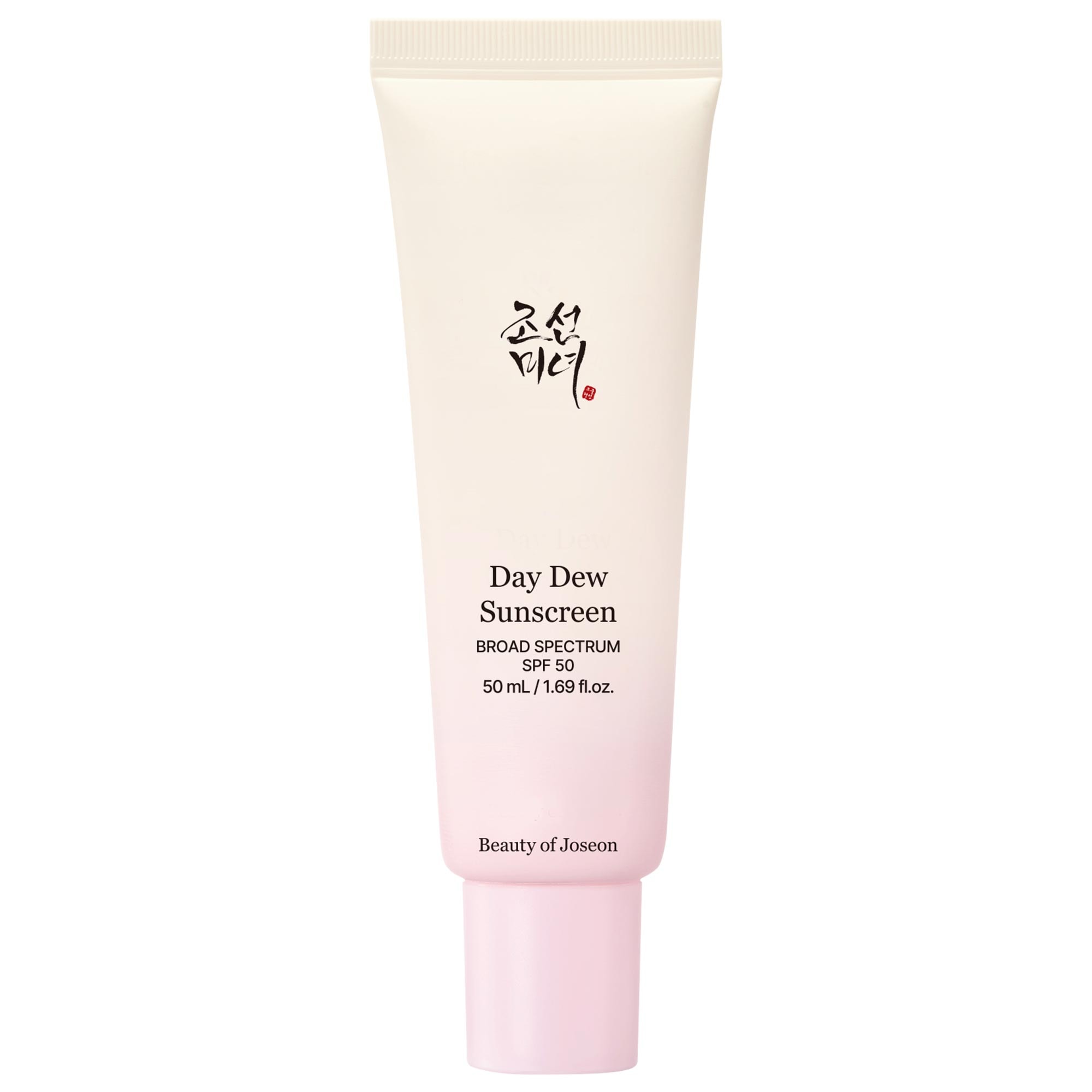
Hyaluronic acid and niacinamide come together in this quickly-absorbing chemical formula that addresses dryness and uneven skin tone and leaves the skin with a dewy glow.
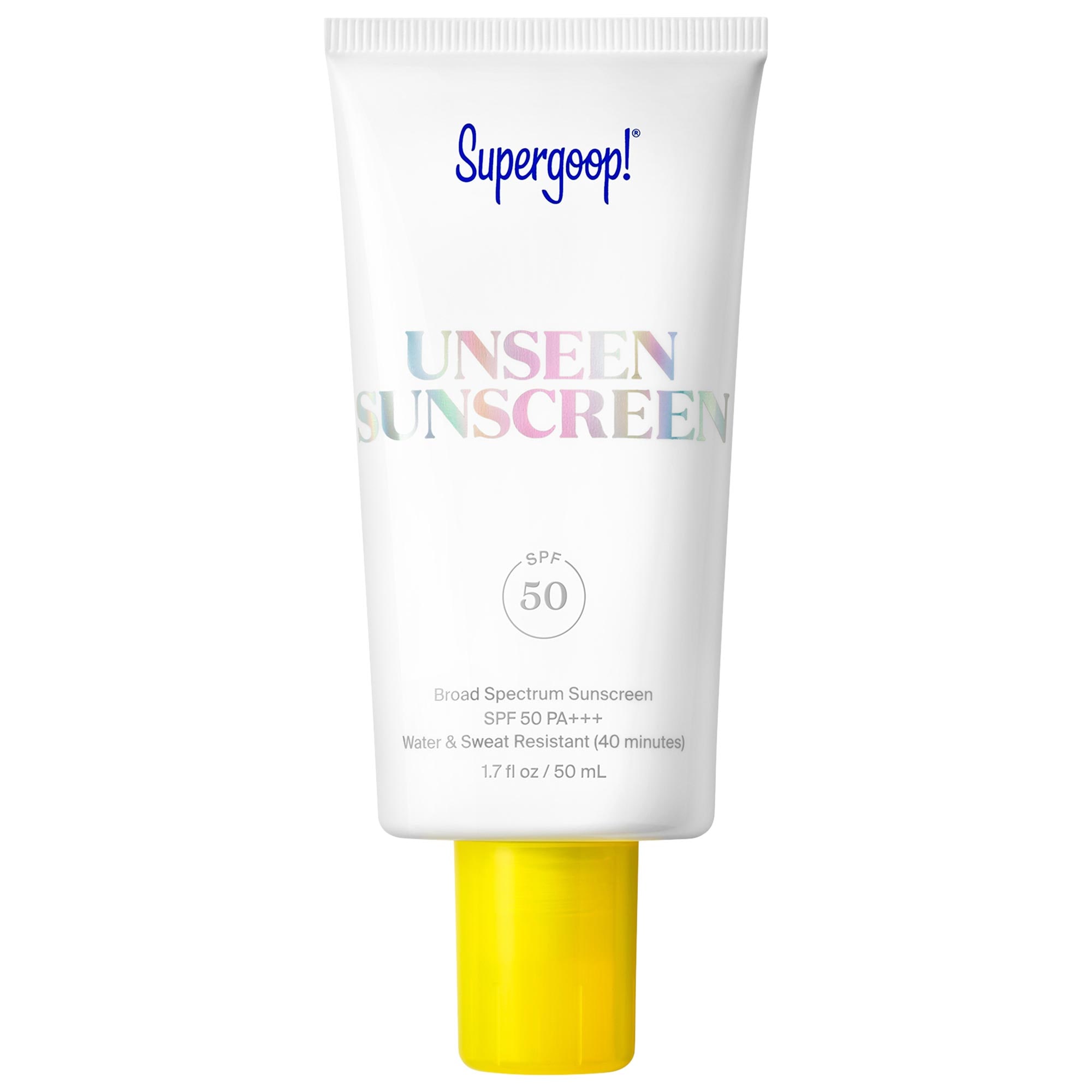
This is another one that has a super-silky texture that goes on smoothly and doesn't leave your skin feeling oily or goopy. It also works well as a primer, but just to note, it's not a moisturizer, so if you have dry skin, your best bet is to apply a moisturizing product underneath it.
Why Trust Marie Claire
For more than 30 years, Marie Claire has been an internationally recognized destination for news, fashion, and beauty trends, investigative packages, and more. When it comes to the products Marie Claire recommends, we take your faith in us seriously. Every product that we feature comes personally recommended by a Marie Claire writer or editor, or by an expert we’ve spoken to firsthand.
Meet The Experts
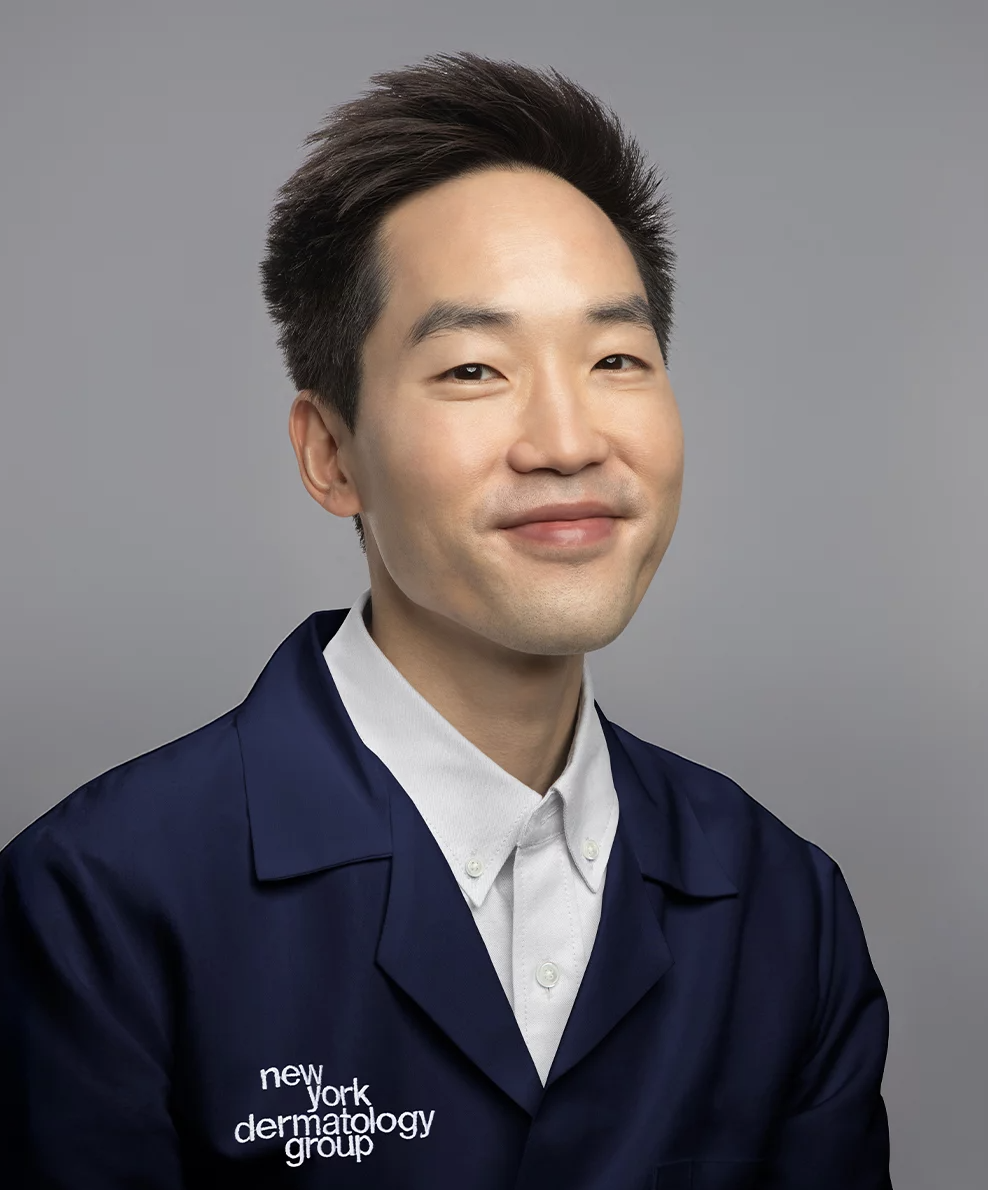
Dr. David Kim is a board-certified dermatologist at New York Dermatology Group. He specializes in injectables, lasers, and energy-based devices for the face and body. Dr. Kim earned his medical degree from Stanford University and completed his dermatology residency at the University of Southern California, where he served as chief resident. He then completed an ASDS Cosmetic Dermatologic Surgery Fellowship in New York City.
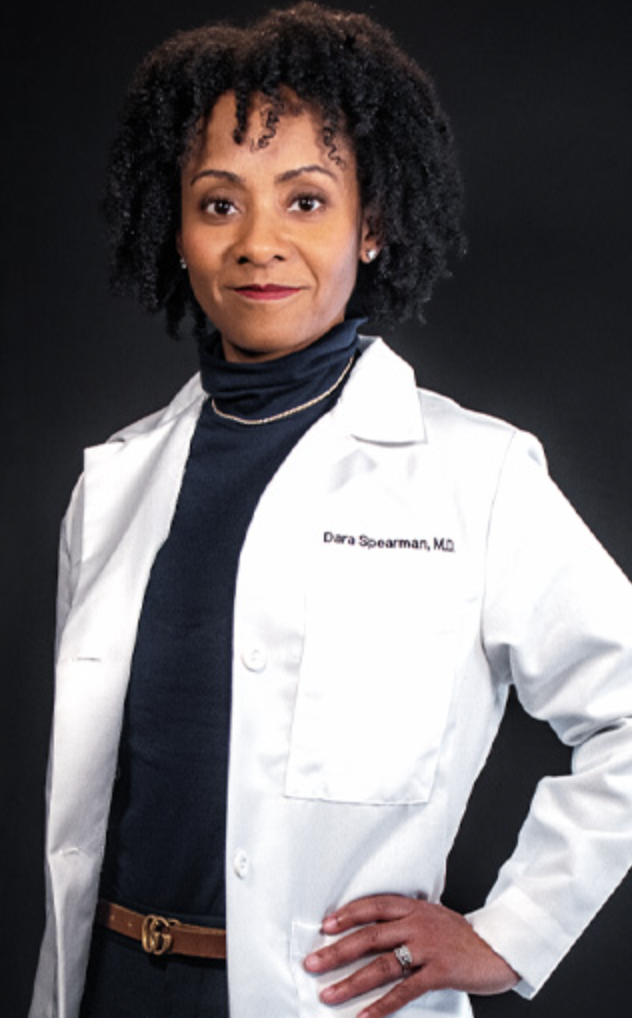
Dr. Dara Spearman is a board-certified dermatologist at Radiant Dermatology Associates in Fort Wayne, IN. She attended medical school at the University of Michigan, where she also completed her dermatology residency.
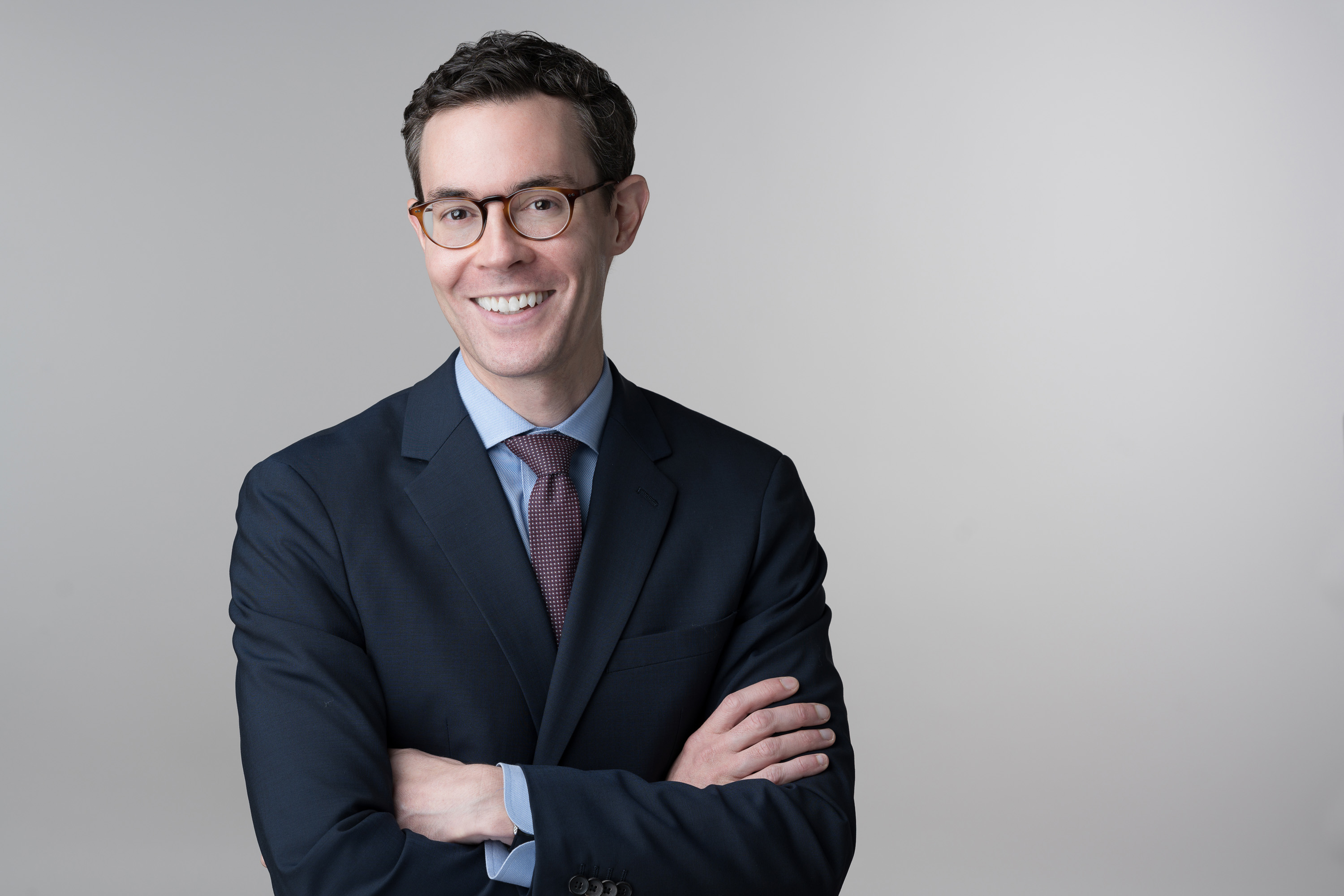
Dr. Brendan Camp is a double board-certified dermatologist at MDCS Dermatology in New York. He specializes in medical conditions like acne, rosacea, eczema, warts, psoriasis, moles, and skin cancer, as well as cosmetic treatments such as Botox, filler, laser treatments, and skin rejuvenation. Dr. Camp graduated with honors from Cornell University before completing medical school at SUNY Upstate Medical University in Syracuse, NY.
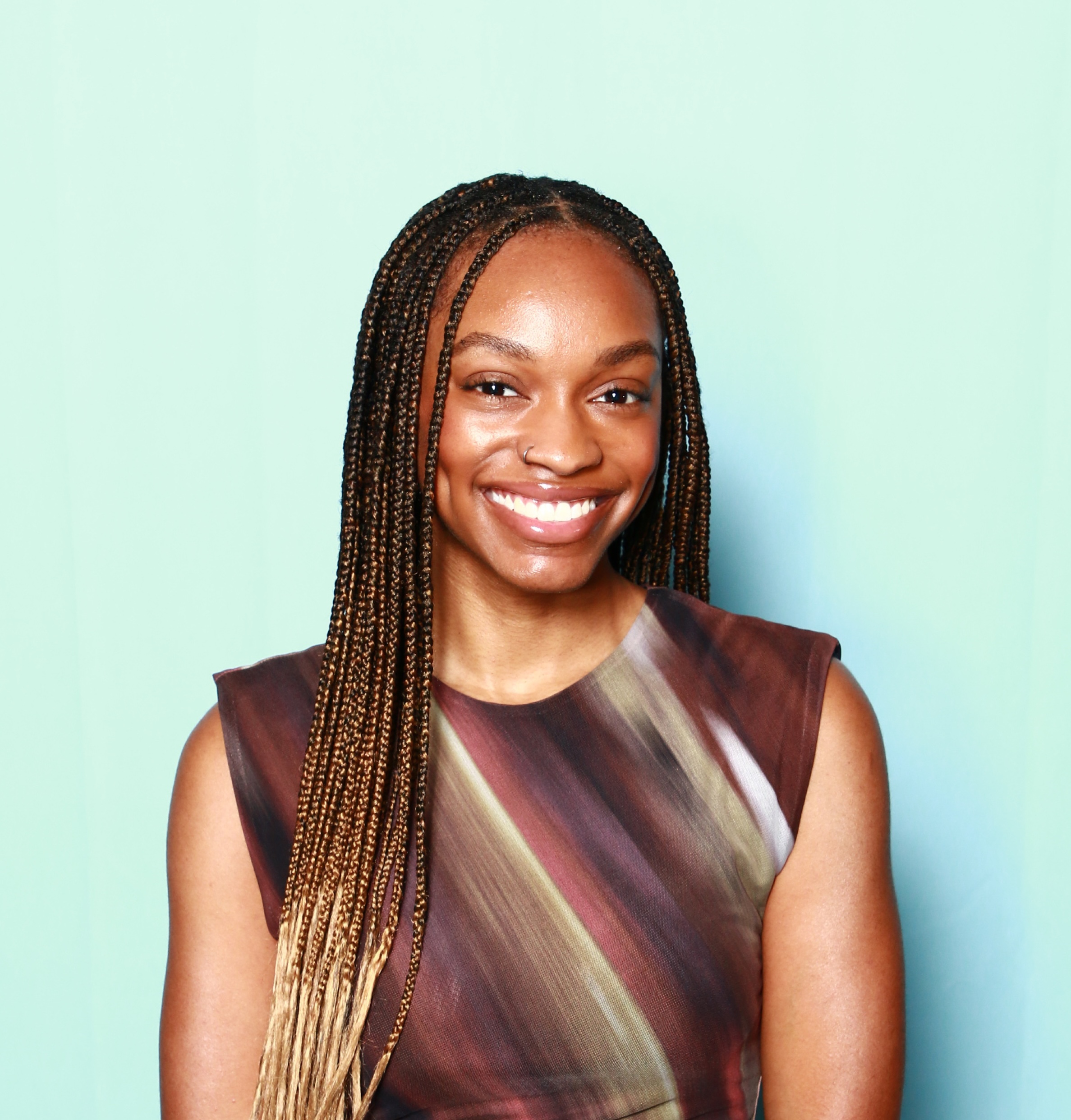
Danielle Jackson is the senior beauty writer at Marie Claire. She has nearly a decade of experience covering beauty, lifestyle, and entertainment and was previously the senior beauty editor at Women's Health, where she thoughtfully covered topics related to skincare, haircare, aesthetics, and wellness. Before that, she spent three years as an assistant beauty editor at PS, and in the years since, her work has appeared in titles like Vogue, InStyle, Glamour, and more. Danielle graduated from the University of Georgia with a BA in English, and has lived in Brooklyn for almost ten years. When she's not writing, you can find her reading romance novels and talking about sunscreen. You can find her on Instagram @danielleknecole.
